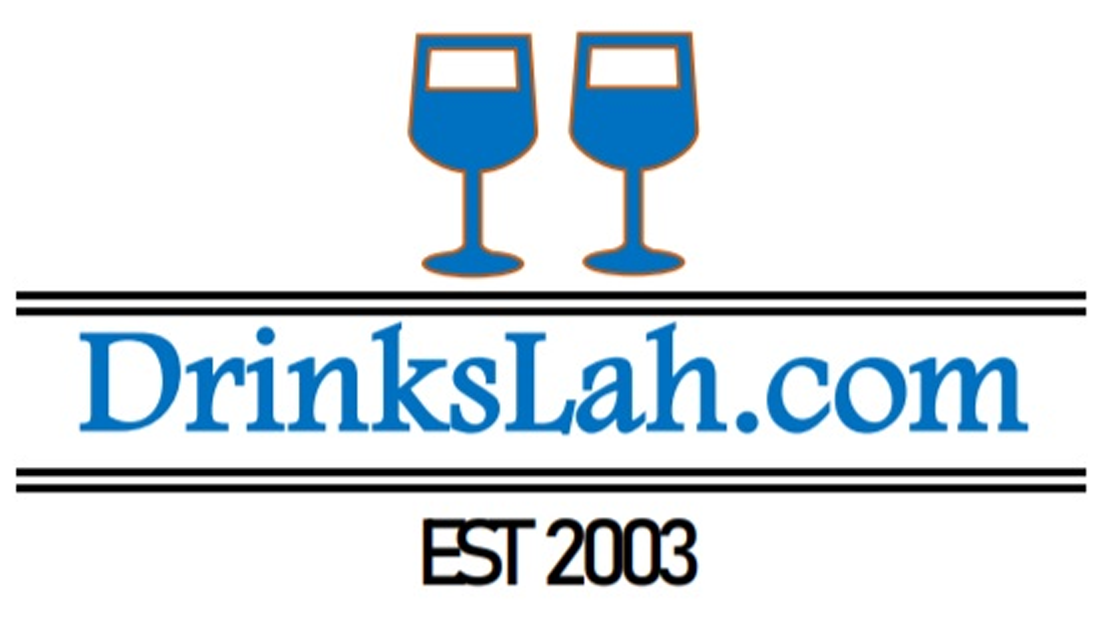Introduction
Kansas City Independence, located in the state of Missouri, is a vibrant community that has undergone significant transformation over the years. This case study explores the historical context, economic development, social dynamics, and cultural evolution of Independence, providing insights into its journey from a small frontier town to a thriving suburban city.

Historical Context
Independence was founded in 1827 and is known for its rich history, particularly as a key location during the westward expansion of the United States. The city was named after the Declaration of Independence, reflecting the spirit of freedom and opportunity that characterized the early American frontier. Throughout the 19th century, Independence served as a significant hub for pioneers heading west, with the Oregon, California, and Santa Fe trails converging in the area.
The city also holds historical significance as the hometown of President Harry S. Truman, who served from 1945 to 1953. Truman’s legacy is a vital part of Independence’s identity, with numerous sites dedicated to his life and presidency, including the Harry S. Truman Presidential Library and Museum.
Economic Development
In the early 2000s, Independence experienced a notable economic transformation. The city’s economy was historically reliant on agriculture and small-scale manufacturing. However, as urbanization increased, Independence began to diversify its economic base. The establishment of various retail centers, Order Express such as the Independence Center, and the revitalization of downtown contributed to job creation and economic growth.
The city’s strategic location near Kansas City provided access to a larger metropolitan market, attracting businesses and industries. The development of transportation infrastructure, including highways and public transit systems, further facilitated economic expansion. By the mid-2000s, Independence had positioned itself as a regional economic center, boasting a mix of retail, healthcare, and service industries.
Demographic Changes
The demographic landscape of Independence has evolved significantly over the years. In the early 2000s, the city had a population of approximately 110,000 residents, Order Express with a diverse mix of ethnicities and cultures. The influx of new residents, driven by economic opportunities and affordable housing, contributed to a population increase.
Independence has also seen a shift in its age demographics. The city is home to a growing number of families, young professionals, and retirees. This demographic diversity has fostered a vibrant community atmosphere, with various cultural events, festivals, and activities catering to different age groups and interests.
Social Dynamics
The social fabric of Independence is characterized by a strong sense of community and civic engagement. Residents take pride in their city, and numerous community organizations and initiatives have emerged to address local issues. Volunteerism is prevalent, with residents actively participating in neighborhood associations, charity events, and local government meetings.
Education has played a crucial role in shaping the social dynamics of Independence. The Independence School District, one of the largest in the state, has made significant strides in improving educational outcomes and providing quality education to students. The presence of several higher education institutions, including the Metropolitan Community College, has also contributed to the city’s educational landscape.
Cultural Evolution
Independence boasts a rich cultural heritage, with influences from its historical roots and Order Express diverse population. The city celebrates its history through various cultural events, such as the Santa-Cali-Gon Days Festival, which honors the pioneers who traveled through the area. This annual event features arts and crafts, live music, and food vendors, attracting thousands of visitors each year.
The city is also home to several museums and historical sites that preserve its unique heritage. The Midwest Genealogy Center, for example, is a valuable resource for those interested in exploring their family history and the region’s past. Additionally, the Truman Library and Museum serves as a testament to the city’s connection to one of America’s most notable presidents.
Challenges and Opportunities
Despite its growth and development, Independence faces several challenges. Economic disparities exist within the community, with some neighborhoods experiencing higher rates of poverty and unemployment. Addressing these disparities requires targeted interventions and investments in education, job training, and social services.
Moreover, the city must navigate the complexities of urban development while preserving its historical and cultural identity. Balancing growth with the preservation of historical sites and green spaces is essential to maintaining the quality of life for residents.
On the other hand, Independence has numerous opportunities for continued growth and development. The city’s strategic location, coupled with its commitment to improving infrastructure and public services, positions it well for future economic expansion. Investing in sustainable practices and green initiatives can also enhance the city’s appeal to environmentally conscious residents and businesses.
Conclusion
Kansas City Independence has undergone a remarkable transformation over the years, evolving from a frontier town to a thriving suburban city. Its rich history, diverse population, and strong sense of community have shaped its identity and contributed to its growth. While challenges remain, the city’s commitment to economic development, education, and cultural preservation offers a promising future for its residents.
As Independence continues to navigate the complexities of urban growth and social change, it remains a testament to the resilience and spirit of its community. The journey of Kansas City Independence serves as an inspiring example of how a city can adapt and thrive in an ever-changing landscape.


